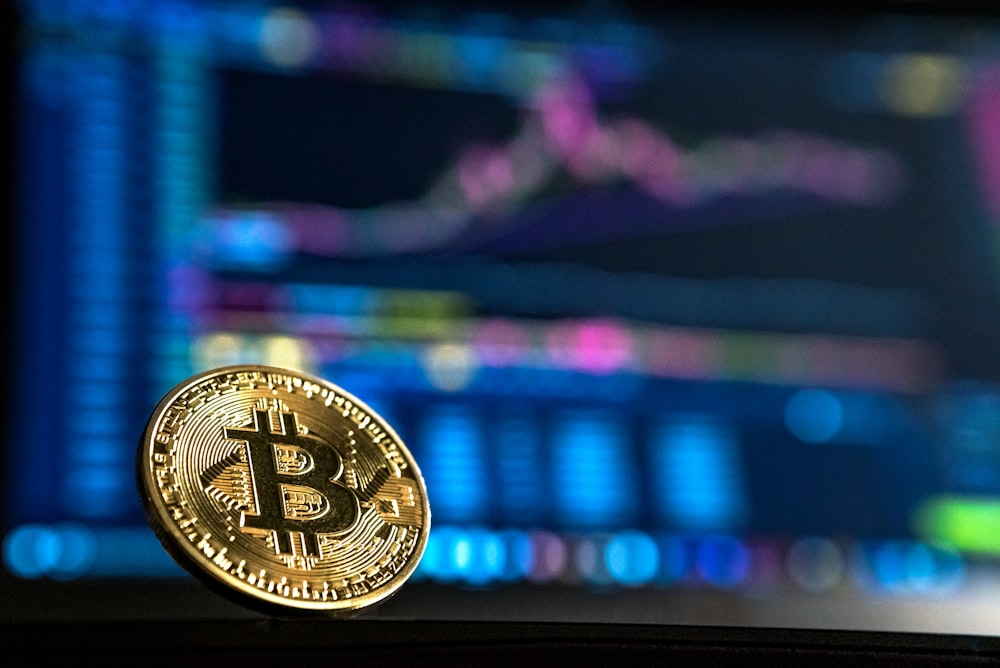Bitcoin Challenges Traditional Economic Theory
Image Source: Unsplash
Crypto Market Musings
In case you missed it, Elon Musk is the official “Chief Twit.” The business magnate became the sole director of Twitter after his deal to buy the company (finally) went through on October 27. Musk went on to use the platform to spread baseless conspiracy theories (now deleted) after dissolving Twitter’s entire board. Character flaws aside, Musk’s spotlight undoubtedly prompted movement in the crypto sphere.
On Saturday, Dogecoin (DOGE) was up more than 70% following the announcement that Musk’s deal to purchase Twitter had gone through. According to CoinDesk, Dogecoin futures brought in more than $89 million in liquidations since October 28, one day after Musk completed the purchase.
Musk has long supported DOGE. DOGE was initially created as a joke. Back in 2020, Musk sent DOGE up 20% with a tweet that read “One Word: Doge.”
The meme coin has now reached a market capitalization greater than $10 billion, a stat that Dogecoin co-founder Jackson Palmer likely never imagined. But you probably won’t find Palmer thanking Musk for anything. Palmer is a Musk critic. He called Musk a “self-absorbed grifter” back in 2021 after the Tesla CEO decided to stop accepting bitcoin as a payment method for electric cars. Palmer, an arguably more magnanimous figure, donated all of his DOGE to charity when he left the project.
What I'm Thinking About
In my last crypto newsletter on Early Investing, I explained why some crypto events cannot be “priced in” — just like events that often move the stock markets, such as the all-too-familiar interest rate hikes. (The Fed raised rates another 75 basis points on Wednesday.) This week, I want to explore another assumption of bitcoin that challenges traditional economic theory.
For years, bitcoin was considered to be a hedge against inflation. Before diving into this assumption, let’s take a step back and break down inflation. Inflation refers to a decrease in purchasing power that directly results from increasing costs of goods and services. If an apple costs $1 today and $2 a year from now, the apple has stayed the same but the cost has gone up. Thus the dollar is worth less than it was when the apple cost $1. When the amount of money circulating in an economy (or money supply) outpaces the economic growth of the said economy, inflation is sustained.
One key feature of bitcoin is that, unlike the dollar, the circulating supply is capped. There is 21 million bitcoin in total (around 19 million of which are mined and in circulation). And there will never be more than 21 million. Therefore, unlike fiat currency, a government cannot just keep producing more bitcoin. If the supply cannot continually outpace the growth, bitcoin is a hedge against inflation… right?
Well, not exactly. Year-over-year inflation stood at 8.4% as of September. Bitcoin fell below $18,500 in September, down from an all-time high of $68,789.63 in November 2021. Raising interest rates is one way the government can attempt to combat inflation. Last year when interest rates were much lower, riskier assets like crypto became more attractive. Once interest rates went up, demand for alternative, more volatile assets declined along with the price of bitcoin.
Bitcoin plummeting with the rise in inflation negated the predicted effects of a scarcity mindset while reminding us that overall investor confidence can move markets. After all, being decentralized does not mean existing in a vacuum immune to macroeconomic sentiments. Just like with “pricing in” market events, bitcoin failing as an inflation hedge says more about human psychology than it does about economic theory.
And Finally…
Binance Coin (BNB-X) is considered a “deflationary” currency, meaning that supply is limited — in this case, to 100 million BNB. Each quarter, Binance actually destroys BNB supply as it nears that 100 million mark. Inflationary currencies, on the other hand, have an unlimited supply. Any guess as to whether crypto is classified as inflationary? (Hint: I talked about one earlier in this newsletter.)
If you guessed Dogecoin, you would be correct. Palmer actually abolished the cap on DOGE back in 2014. Now, the circulating amount of DOGE is unlimited.
More By This Author:
Bitcoin Gives Investors A Break During The Bear Market
It’s Time To Retire The “Bitcoin As Digital Gold” Analogy
Regulators Try to Tighten Their Grip on Crypto




